Critical Factors in the Incident
-
Adverse Environmental Conditions:
The accident occurred during a tidal change in the East River, with strong currents and gusts complicating vessel control. Sal Mercogliano, a navigation expert, highlighted that departing two hours after low tide was a strategic mistake: “The ideal would have been to leave with the tide in favor, not against it.”
-
Mechanical Failure and Loss of Control:
Although authorities initially cited a “mechanical failure,” videos show the Cuauhtémoc sailing in reverse at high speed just before impact. This suggests the captain lost command of the engine and steering, propelling the vessel toward the bridge structure.
-
The Role of the Tugboat:
McAllister Towing, the company contracted to assist the ship, stated that one of their tugs helped during the unmooring. However, Senator Chuck Schumer challenged this account, indicating that the tug did not accompany the schooner during the critical maneuver—something common in high-risk operations. Data from MarineTraffic reveal that the Charles D. McAllister tug departed before the ship made its turn, attempting to intervene too late.
-
Context and Regulations
The accident rekindles debates about maritime safety, following a 2024 collision between a cargo ship and the Baltimore Bridge. Mercogliano emphasized that, after that incident, stricter rules were implemented for tugs and port speed limits. In contrast, New York—gearing up for its 250th anniversary in 2026 with a fleet of historic ships—has yet to adopt similar measures.
Schumer also linked the incident to possible cuts in the Coast Guard’s budget during the Trump administration, which may have impacted “safety procedures and response capacity.”
-
Technical Details and Response
The Cuauhtémoc, a 90-meter-long vessel with 50-meter masts, required a harbor pilot to navigate New York waters, per regulations. While it’s unclear whether the captain sought additional support, experts underscore the importance of thorough engine and steering tests hours prior to departure. “It’s not like driving a car; everything must be checked in advance,” Mercogliano insisted.
-
Balance and Next Steps
Despite the tragedy, a larger disaster was avoided: the ship’s steel rigging prevented the masts from collapsing into the river, and the crew, secured at their stations, did not suffer mass falls. The Coast Guard has established a 46-meter perimeter around the vessel, as Mexico and the U.S. collaborate on an investigation that could take months.
The schooner—an icon of Mexican naval training—now faces repairs that will suspend its global tour. Meanwhile, families of the victims and the 277 crew members await answers.
Key Hypotheses After the Cuauhtémoc’s Collision with the Brooklyn Bridge
The collision took place during a tidal change in the East River, with winds gusting up to 25 knots and currents exceeding 4 knots. Sal Mercogliano criticized the decision to set sail two hours after low tide: “Leaving with the current against you was a strategic mistake. The ideal moment was with the tide in favor.”
While the Mexican Navy cited a “mechanical malfunction,” videos show the vessel sailing in reverse at high speed prior to impact. Witnesses reported that the captain unsuccessfully attempted to correct the steering after losing control of the engine, which propelled the vessel into the bridge.
McAllister Towing claimed their tug, Charles D. McAllister, assisted during the unmooring. However, MarineTraffic data show the tug withdrew before completing the critical maneuver, leaving the schooner vulnerable. Schumer challenged this version: “The tug was not present when it was most needed. This warrants a review of protocols.”
Lessons Unlearned: The incident revives the maritime safety debate, especially after a cargo ship’s crash into Baltimore’s bridge in 2024. While ports like Baltimore mandated escort tugs, New York maintains more relaxed standards despite preparing for a fleet of historic ships in 2026 to mark the U.S. bicentennial.
Impact of Budget Cuts: Schumer linked the accident to Coast Guard cuts during Trump’s tenure, which allegedly weakened oversight of port operations.
-
Technical Details and Responses
-
Critical Checks Missing: Experts point out that comprehensive testing of engines, propellers, and steering was not conducted hours before departure—a standard protocol in high-stakes navigation.
-
Ship Height and Design Issues: The Cuauhtémoc’s 50-meter masts exceeded the bridge’s height limit (41 meters at low tide). Its design as an open-sea training schooner made it vulnerable in narrow waterways like the East River.
-
Damages and Consequences: Despite the impact, the steel rigging prevented complete mast collapse. The Coast Guard has established a 46-meter safety perimeter around the vessel, which will undergo dry-dock repairs.
-
Binational Investigation: Mexico and the U.S. are collaborating on an analysis that could last up to 18 months. The final report is expected to recommend adjustments to towing protocols, crew training, and navigation standards in congested ports.
From Mercogliano: “This accident is a wake-up call: modern technology can’t replace human judgment and preparedness in the face of the unpredictable.”
-
Ongoing Investigation: The inquiry into the Cuauhtémoc’s New York collision continues, with limited details released so far.
-
The Wrong Direction: One of the first questions raised was why the vessel was headed in the wrong direction.
-
The Tug’s Importance: The U.S. Coast Guard mandates that foreign ships like the Cuauhtémoc carry an escort tug capable of assisting in emergencies.
Subscribe for free to receive all strategic information and be part of the largest business and culture community across the Anglophone-Latino world!:
Contact Infonegocios MIAMI:
Read Smart, Be Smarter!
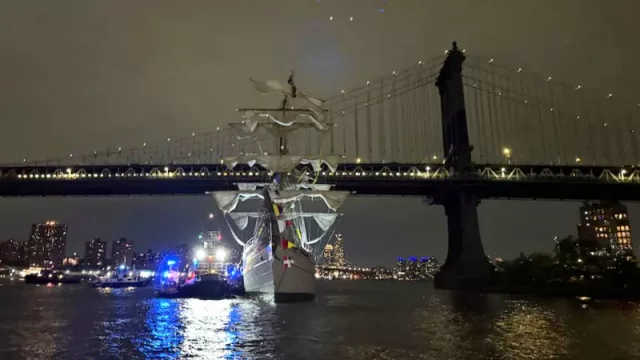
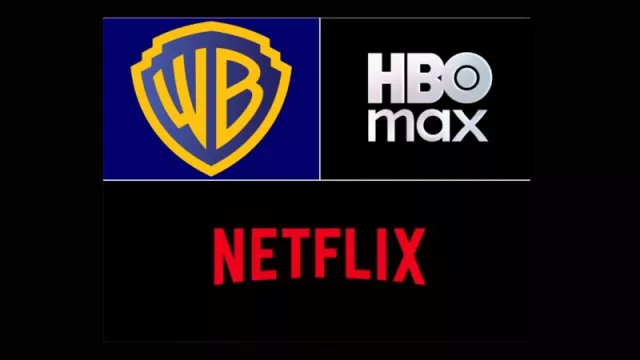
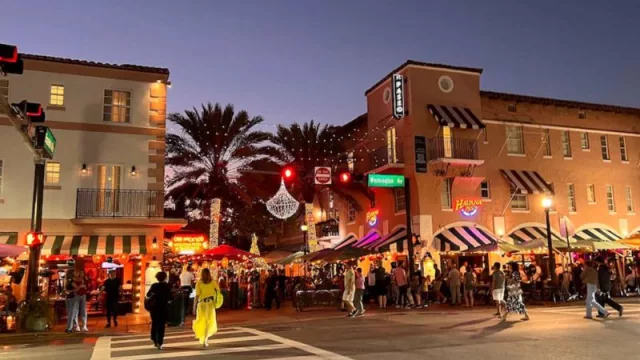






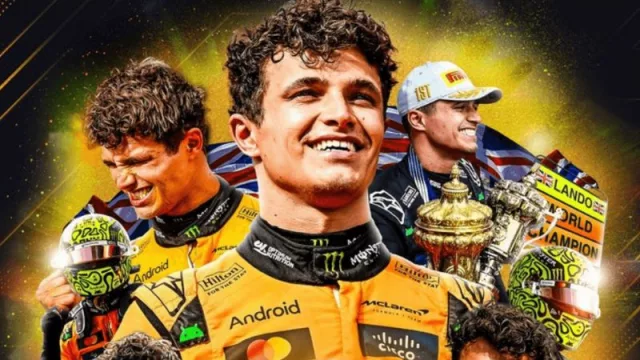
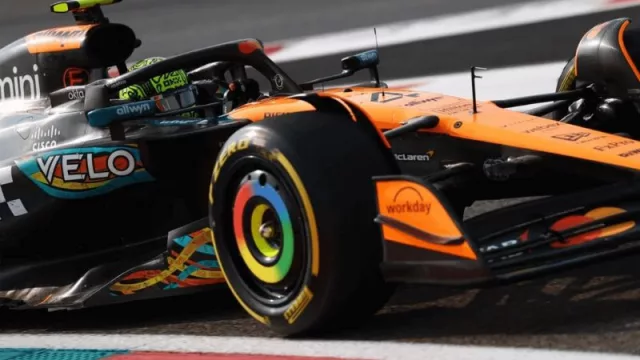

Tu opinión enriquece este artículo: